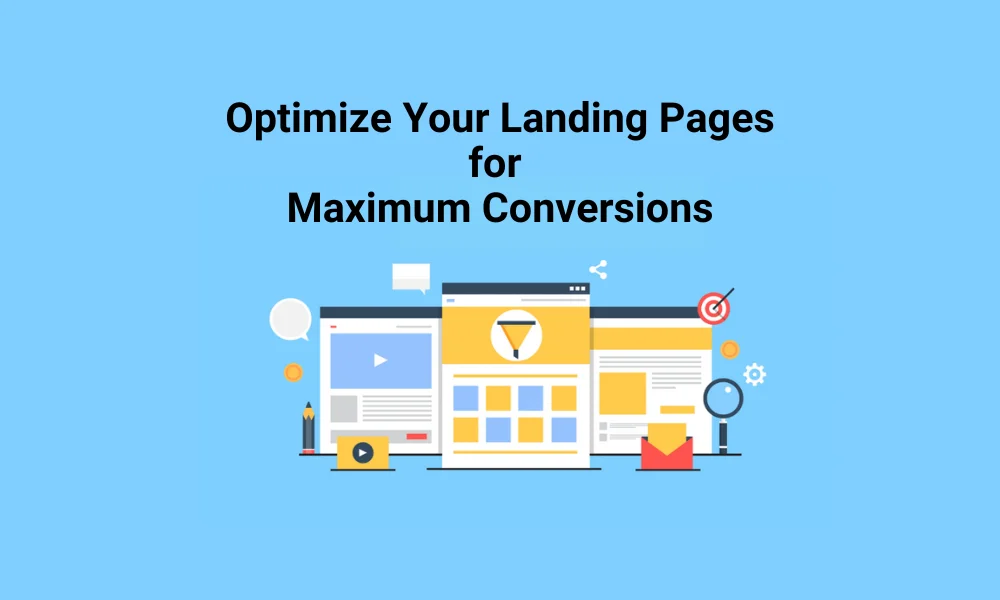Creating a high-converting landing page is essential for any business looking to maximize its online success. An optimized landing page not only attracts visitors but also encourages them to take action, whether it’s making a purchase, signing up for a newsletter, or downloading a resource. In this blog, we’ll explore practical steps to optimize your landing pages for maximum conversions.
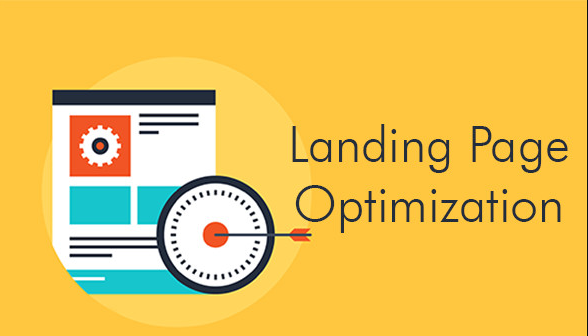
Table of contents
Understanding Landing Pages
A landing page is a standalone web page designed specifically for a marketing or advertising campaign. It’s where a visitor “lands” after clicking on a link in an email, an ad, or a search engine result.
Importance of landing pages
Landing pages are crucial for online marketing, driving targeted traffic and converting visitors into leads or customers. They focus on a single goal, such as capturing email addresses or promoting a product, enhancing user experience, and improving conversion rates. Well-designed landing pages contribute significantly to a successful digital marketing strategy.
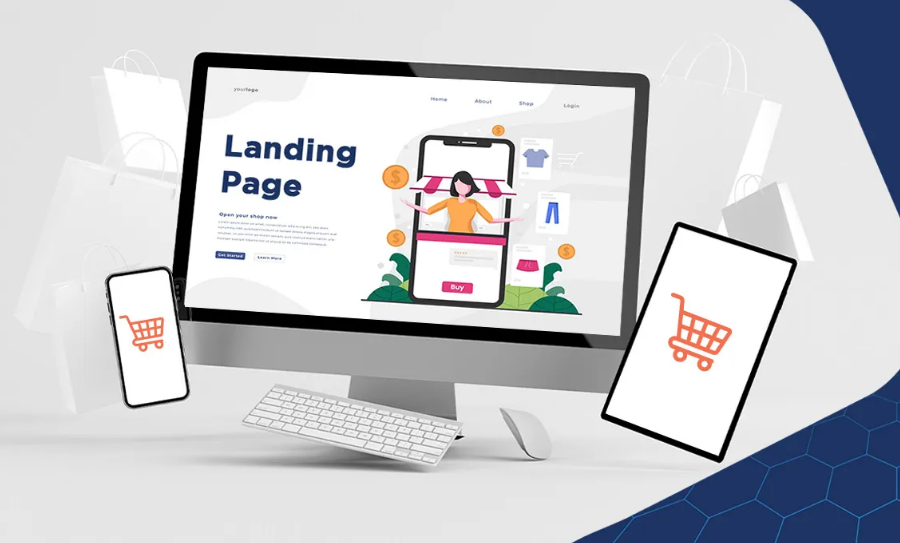
Targeted Traffic: Landing pages attract visitors with specific interests, ensuring higher engagement and relevance.
Conversion Focus: They are designed with a clear call-to-action, making it easier to convert visitors into leads or customers.
Enhanced User Experience: Simplified and focused content on landing pages helps users quickly find what they need.
Improved Metrics: By tracking performance, businesses can refine their marketing strategies and boost overall effectiveness.
Key Elements of a High-Converting Landing Page
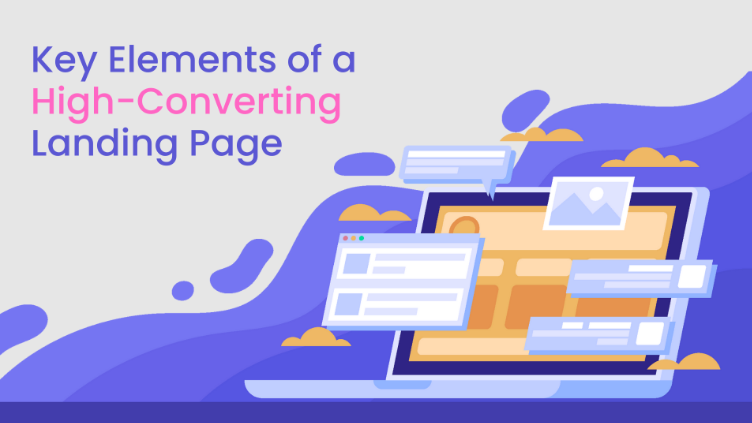
Clear and Compelling Headline
Your headline is the first thing visitors see. It should clearly communicate the value of your offer and grab attention.
Engaging Subhead line
The sub headline should support the main headline and provide additional details that entice the visitor to stay and read more.
High-Quality Images and Videos
Visuals can significantly impact conversions. Use high-quality images and videos that are relevant to your offer and resonate with your audience.
Concise and Persuasive Copy
Your copy should be clear, concise, and persuasive. Focus on the benefits of your offer and address any potential pain points of your audience.
Strong Call-to-Action (CTA)
A CTA is a button or link that encourages visitors to take a specific action. Make sure your CTA is clear, compelling, and stands out on the page.
Steps to Optimize Your Landing Page
| Steps | Description |
| Identify Your Goal | Before creating your landing page, identify the specific goal you want to achieve. Whether it’s generating leads, making sales, or collecting information, your goal will guide the design and content of your page. |
| Understand Your Audience | Knowing your audience is crucial. Conduct research to understand their needs, preferences, and pain points. Tailor your landing page content to address these aspects effectively. |
| Design for Simplicity | A cluttered landing page can overwhelm visitors. Keep your design simple and focused on your main goal. Use white space strategically to make your content stand out. |
| Optimize for Mobile | Ensure your landing page is mobile-friendly. With a significant number of users accessing websites on their mobile devices, a responsive design is essential for a seamless user experience. |
| Use Social Proof | Incorporate testimonials, reviews, and case studies to build trust with your audience. Social proof can persuade visitors that your offer is valuable and credible. |
| Test and iterate | Regularly test different elements of your landing page, such as headlines, images, and CTAs. Use A/B testing to identify what works best and make necessary adjustments to improve conversions. |
Common Mistakes to Avoid
Avoid overwhelming your visitors with too much text. Keep your copy concise and to the point. A weak or unclear CTA can confuse visitors. Make sure your CTA is strong, direct, and easy to find. A slow-loading landing page can frustrate visitors and increase bounce rates.
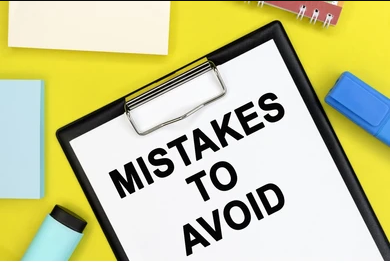
Optimize your page speed to ensure a smooth and fast user experience. Not tracking your landing page performance is a missed opportunity. Use analytics tools to monitor visitor behavior and identify areas for improvement.
Conclusion
Optimizing your landing pages for maximum conversions requires a strategic approach. By focusing on clear headlines, engaging content, strong CTAs, and mobile optimization, you can create landing pages that effectively convert visitors into customers. Regular testing and iteration will ensure your landing pages remain effective and continue to drive results.
Read more : Utilizing Analytics to Drive Marketing Decisions
FAQs
The primary purpose of a landing page is to convert visitors into leads or customers by encouraging them to take a specific action.
Mobile optimization is crucial as a significant number of users access websites via mobile devices. A mobile-friendly design ensures a seamless user experience and higher conversions.
A/B testing involves creating two versions of a landing page and testing them to see which one performs better. This helps in optimizing the page for higher conversions.
A strong CTA is essential because it directs visitors on what action to take next. A clear and compelling CTA increases the likelihood of conversions.

Alex Mitch
Welcome to my blog! With over 10 years in digital marketing , I’ve seen its incredible impact on smaller businesses. Join me as we explore how digital marketing can grow your audience and boost your business. Whether you’re an experienced entrepreneur or just starting out, you’ll find practical tips and insights to enhance your digital marketing strategies.


